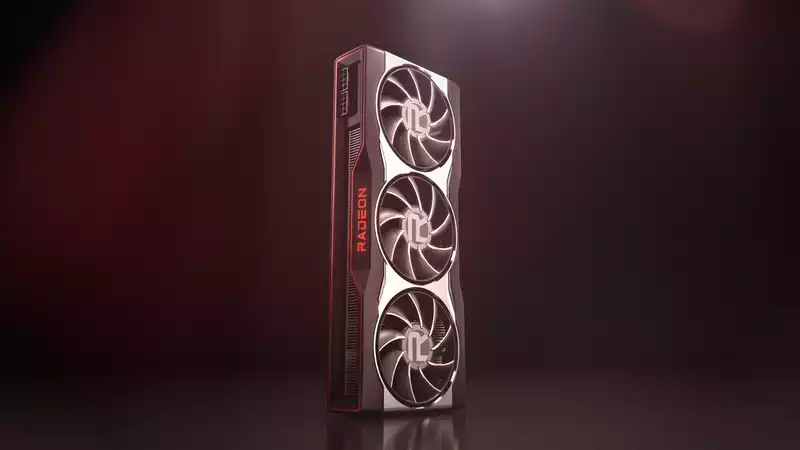Multiple leaks purported to be of an unreleased AMD Radeon RX 6800XT graphics card are circulating on the Internet. Several sites and leakers claiming to show high-end RDNA 2 graphics card performance report that the AMD RX 6800XT beats the RTX 3080 in the 3DMark test, Firestrike, but lags behind in ray trace workload.
All of these numbers are untested at this time, and it is unlikely that we will have any concrete information on the RX 6000 series graphics cards until AMD's announcement stream on October 28, 2020. After that, it will depend on when the review ban is lifted.
Until then, we can at least look over these preliminary results.
According to Igor's Lab results (collated by Videocardz), Nvidia's RTX 3080 performs better in 3DMark Firestrike Extreme running at 4K instead of the default 1440p, than AMD's RX 6800 XT (as of today an unconfirmed Confusingly, WCCFTech reported the same percentage difference in FireStrike Ultra, a native 4K benchmark, with scores of 12,871 for the AMD card and 10,531 for the RTX 3080. The AMD card reported a score of 12,871 and the RTX 3080 a score of 10,531.
In any case, AIB partners are testing engineering samples (EVT stage), presumably with the Navi 21 XT GPU, and both seem to have nearly identical information.
Both also suggest that the RX 6800 XT leads in the DX12 benchmark Time Spy Extreme, even at default 4K settings.
However, the case is far from open and shut: according to Twitter's CapFrameX, the FireStrike Ultra scores are 11,500 for the Big Navi and 10,600 for the RTX 3080, nearly 9% ahead of the RDNA 2 GPU. It has been suggested that new drivers are causing the significant increase between these scores and the aforementioned results
.
Further benchmarks were also submitted by Twitter leaker KittyYYuko, again suggesting that the Navi 21 XT GPU is leading in Fire Strike Ultra. [This is not too surprising given Nvidia's focus on fast-growing rendering technology.
However, it will certainly be interesting to see what Radeon's ray tracing solution will look like in the final shipped product. More importantly, how AMD's adoption of this technology will impact the development and widespread adoption of ray tracing.
All of this is a bit confusing, to say the least. What is promising is that AMD's next-generation cards are going toe-to-toe with the RTX 3080 in rasterized gaming workloads, which is a large part of the GPU's daily effort, which bodes well for the coming competitive GPU market. AMD already has a handful of 4K games with high settings and has seen strong performance above 60 fps, which means that even if this exact number does not materialize, we will see 4K games that are overall much more achievable with the latest graphics cards.


Comments